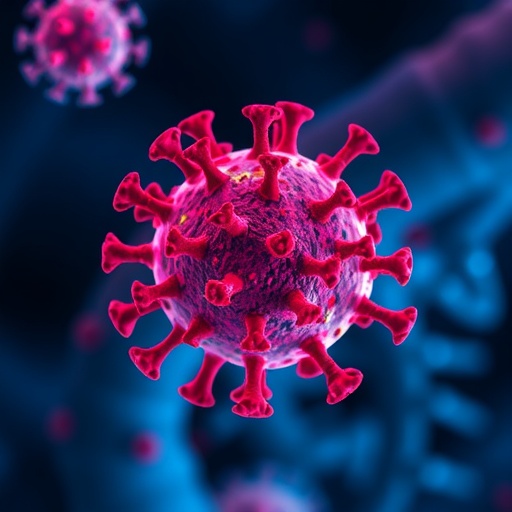Maria Sidorova, a female graduate student of Far East Federal University (FEFU), has developed a new way of synthesizing marine organic substances, related to fascaplysin: a sea sponge pigment with high antitumor activity. The development of this method is promising for medicine and will allow one to get previously inaccessible compounds and to study their biological activity.
The work of the young researcher has been published in the authoritative international journal Tetrahedron Letters, which presents the latest achievements in organic synthesis, biochemistry, and medicinal chemistry.
The author of the research is Maria Sidorova, a graduate student of the Department of Organic Chemistry, FEFU School of Natural Sciences (SNS), reported that by using the chemical method of reductive acylation four substances were obtained in one stage: homofascaplysin B and B-1, as well as 3-bromohomofascaplysin B and B-1.
According to Maxim Zhidkov, the project scientific supervisor, Associate Professor at the FEFU SNS Organic Chemistry Department, this discovery is of undoubted practical value and scientific importance, and not accidentally, attracted interest from international colleagues.
"Currently, one of the most pressing tasks of medicinal chemistry is the development of new methods of synthesis, allowing to obtain derivatives of various lead-compounds like fascaplysin. This is a unique substance capable of selective suppression of the enzyme, which provides rapid and uncontrolled division of cancer cells. The new method of synthesis opens up ample opportunities for the detection of biologically active compounds promising for the creation of medicinal products," said Maxim Zhidkov."
FEFU researchers also use computer modeling to study the interaction of biologically active alkaloids with therapeutic targets. Also, they are conducting a targeted synthesis of the most promising compounds for subsequent biotesting. One of the latest discoveries made by FEFU scientists is the production of a new synthetic derivative of fascaplysin, which is 2-3 times more active than the natural fascaplisin."
###
Media Contact
Maria Lukina
[email protected]
http://https://www.dvfu.ru/en/
http://dx.doi.org/10.1016/j.tetlet.2018.02.070




